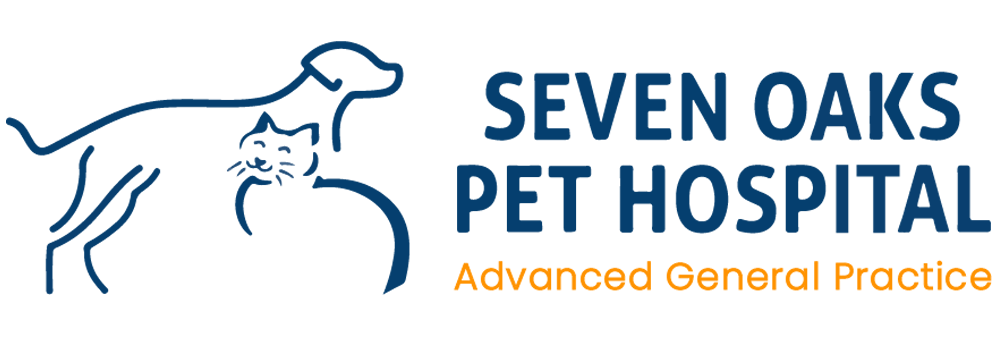Femoral Head & Neck Ostectomy (FHO)
To download and print this information, please click here.
What is the femoral head ostectomy (FHO) procedure?
Femoral head ostectomy is the removal or excision of the ball portion of the hip joint. After removal, the bone is smoothed so there is no bone-to-bone contact occurring between the pelvis and the remaining portion of the femur. Removal of the portion of the femur that articulates with the hip joint then causes the formation of a false fibrous joint.
What are the indications for FHO surgery?
Femoral head and neck ostectomy (FHO) is used to treat hip dysplasia, chronic arthritis of the hips, Legg-Calve-Perthes disease (also called avascular necrosis of the femoral head), fractures of the hip joint, hip dislocation, and failed total hip replacements. In this surgery, the head and neck of the femur are removed to eliminate bone-on-bone contact in the hip joint. Over time, a “false joint” forms in the area where the hip joint previously existed.
How long will my pet be in the hospital?
Hospitalization of patients for FHO surgery typically ranges from 2-3 days including the day of the surgery and recovery. In general, most patients are discharged 1-2 days after their surgical procedure.
What is the prognosis following surgery?
Small and medium-sized dogs seem to have the best and most consistent outcome with the surgery. However, large dogs can do well with the surgery but the outcome seems less consistent. Younger dogs probably do a little better with surgery than geriatric patients. Depending on the reason for FHO, some surgeons will perform the surgery on both hips at the same time if the patient is a good candidate for this; or the surgery can be staged, so that one FHO is done, and the other follows at a later time.
What post-operative care is required after FHO surgery?
Post-operative care following FHO surgery is very different compared to most surgical procedures. Physical therapy is crucial to the success of the procedure. Swimming, running playing with other dogs, retrieving, etc are all encouraged starting 7-10 days after the operation. The fibrous false joint that will replace the hip joint will heal with a greater range of motion.
What are the complications or risks associated with FHO surgery?
Complications of the surgery include loss of range of motion of the hip joint, continued lameness, muscle weakness, unwillingness to exercise, and nerve damage. It can sometimes take 6-8 months before use of the operated leg appears normal, and some dogs never have a normal gait on the operated leg. However, this does not necessarily mean that they are painful. With removing the joint, there are a number of changes in the way that force is transmitted through the leg, but they are usually not painful on the movement of the false joint.
Post-operative follow-up appointments.
In general, recommendations for suture removal are 10-14 days after surgery. Monthly evaluations are then done to assess the progression of healing and encourage physical therapy to increase the range of motion within the hip joint.
Remember, due to the false joint that is created, the leg will be slightly shorter than the other leg and your pet may have a mechanical limp which is very different from a painful limp and of no concern other than cosmetic. Our goal is to give your pet a good range of motion with a pain-free hip and it is hard to achieve a completely normal gait with this salvage procedure.



